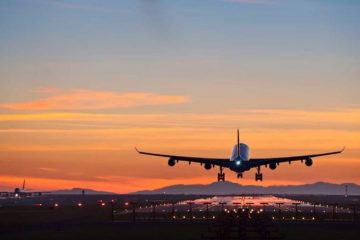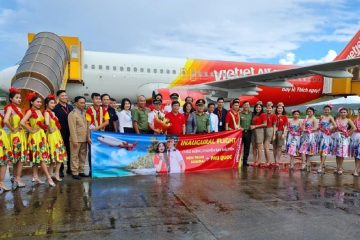Vietnam will no longer limit the frequency of regular international flights from 15 February, and the actual frequency will depend on the regulations of the other countries as well as market demand.
Dinh Viet Son, deputy head of the Civil Aviation Authority of Vietnam (CAAV), told Tuoi Tre (Youth) newspaper on Sunday that Vietnam will lift restrictions on the operating frequency of international flights starting February 15.
The frequency of regular international flights will be restored to pre-pandemic levels, Son continued.
Vietnam has resumed regular flights with the U.S., Japan, Thailand, Cambodia, Taiwan, Singapore, Australia, Russia, the UK, France, and Germany since January 1. However, the frequency of flights is limited according to the requirements of the National Steering Committee for COVID-19 Prevention and Control.
After such restrictions are removed, international arrivals will still need to follow regulations on immigration and pandemic prevention and control, as instructed by the Ministry of Public Security, the Ministry of Foreign Affairs, and the Ministry of Health, Son elaborated.
“The number of flights from Vietnam to other countries will still depend on the regulations of local authorities,” the official continued.
Japan and South Korea still restrict flights from Vietnam as part of pandemic response measures. Meanwhile China has not agreed to resume regular flights with Vietnam despite the latter’s proposal, Son added.
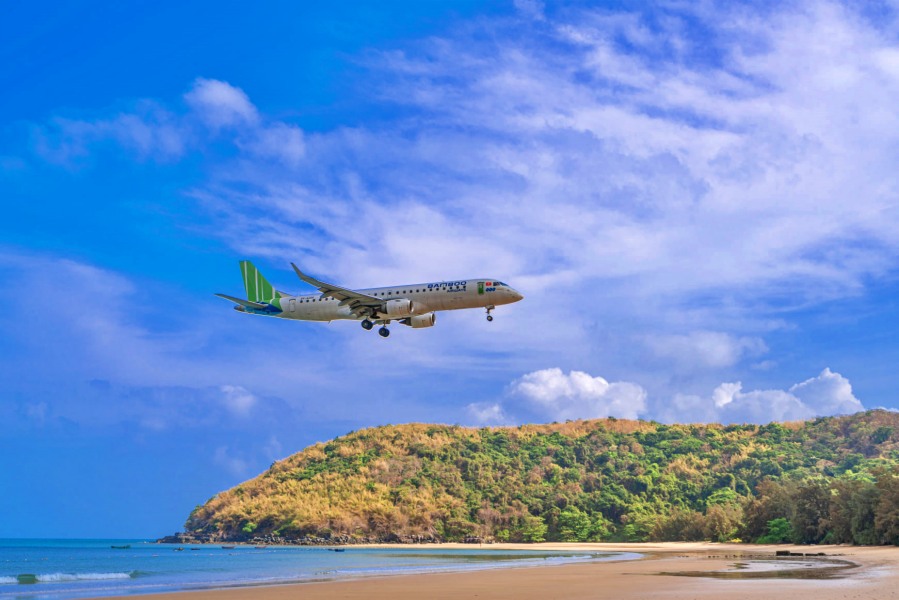
The move aims to revive the tourism sector which has been hit hard by the COVID-19 pandemic over the past two years and it means full resumption of international air routes to pre-pandemic levels.
Passengers however need to comply with the Southeast Asian country’s COVID-19 prevention and control regulations.
UNDER THE REGULATIONS, FOREIGN ARRIVALS MUST HAVE:
Before entry: a certificate of a negative SARS-CoV-2 test result (by RT-PCR/RT-LAMP technique) issued within 72 hours before entry (except for children under the age of 2) and make health declaration.
When entering Viet Nam: They must install and use the health declaration application (PC-COVID) to make health declaration and monitor the health in accordance with Viet Nam’s regulations.
Importantly, air passengers shall not be required to take rapid COVID-19 test before boarding and after landing in Viet Nam.
For unvaccinated or partially vaccinated entrants, they shall self-monitor health at the lodging within 7 days from the date of entry and take RT-PCR SARS-CoV-2 tests on the 3rd and 7th days from the date of entry. If the result is negative, then continue to self-monitor health until the end of the 14th day of entry. In case it is positive, get treatment following the current policy.
In case the persons on entry that are Vietnamese citizens, overseas Vietnamese and their relatives (including their spouses and children) have not been vaccinated or partially vaccinated, they shall be vaccinated free during their quarantine period (if eligible)./.
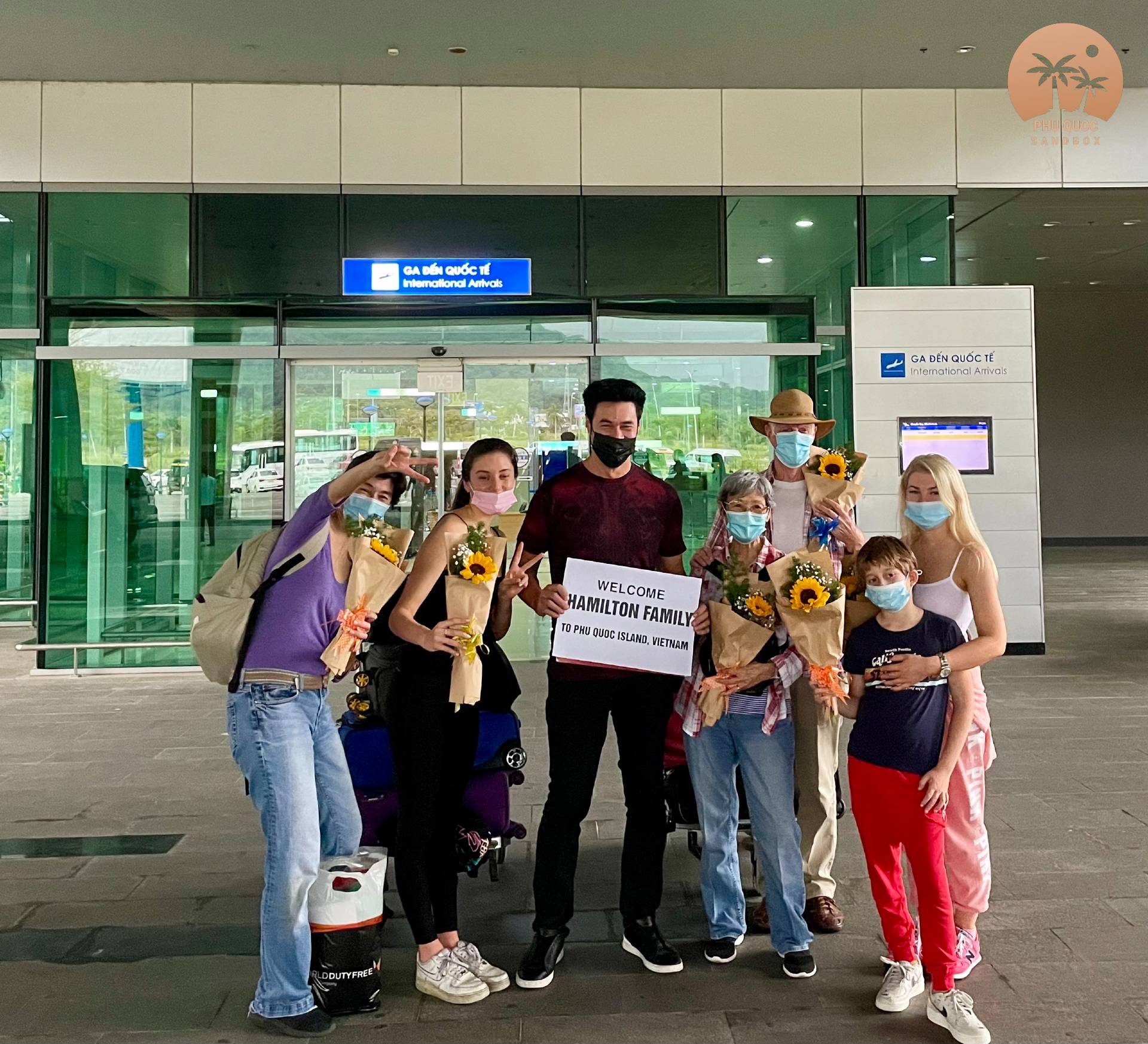
Due to the pandemic, Vietnam closed borders from March 2020 to the end of 2021, with an exception for Vietnamese repatriates, foreign experts, diplomats, investors, skilled workers, and students, who are allowed to enter the Southeast Asian country if meeting strict quarantine requirements.
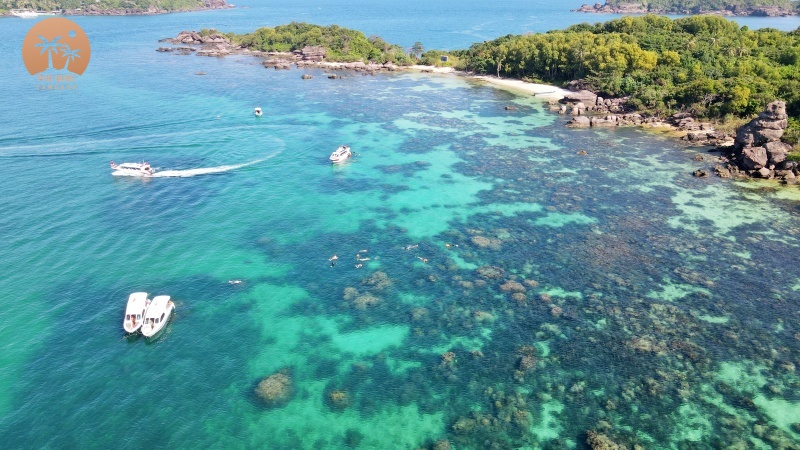
The government started allowing foreign tourists in under a vaccine passport program last November. So far, more than 8,500 foreign arrivals have been welcomed under the program with several pre-set conditions and constraints, half of them Vietnamese overseas coming to see their relatives.
Over 79.2 million of the country’s 98 million people have received at least one dose of vaccine while more than 74.6 million have been jabbed twice. The number of third doses has exceeded 31.3 million.

